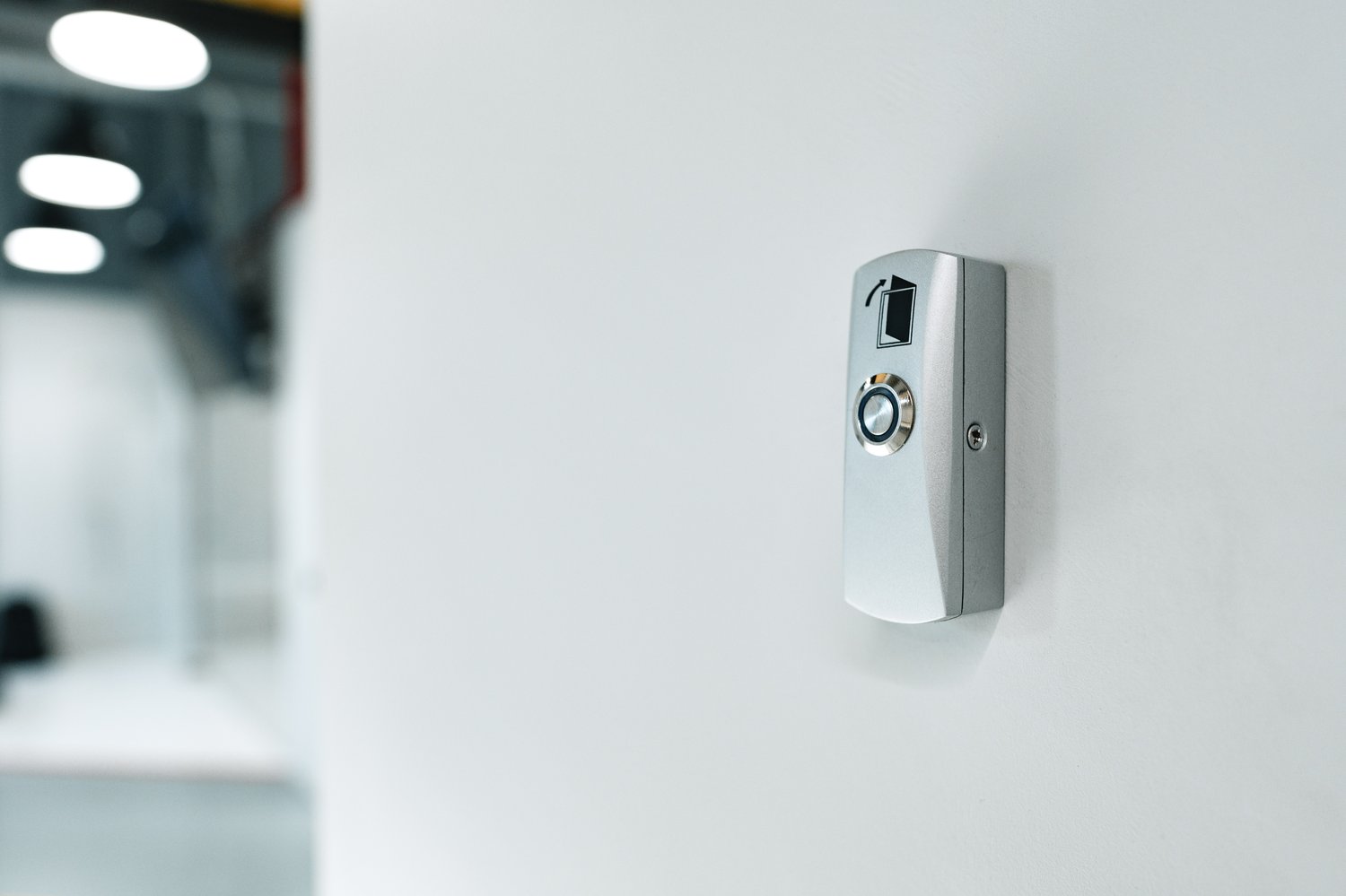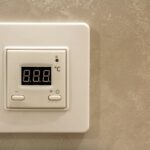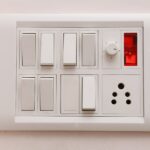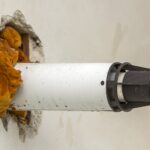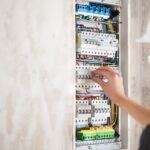Picture this: you’re ready to head out, but your garage door refuses to budge. This unexpected glitch highlights the importance of understanding common garage door opener issues and how to effectively address them. Knowing what to look for and how to fix these problems can save you time, money, and frustration.
- Electrical malfunctions: Delve into how faulty wiring can lead to an unresponsive opener and discover simple checks to restore power and function.
- Mechanical failures: Learn to identify issues like broken springs or misaligned tracks that can impede your garage door’s operation.
- Troubleshooting techniques: Equip yourself with basic troubleshooting skills to diagnose and resolve these common problems efficiently.
By exploring this guide, you’ll gain the confidence to handle frustrating garage door opener issues head-on, ensuring your entryway remains a reliable part of your daily routine.
Understanding Common Garage Door Opener Issues: Troubleshooting and Solutions
Garage door openers are essential for a convenient and secure home environment, but like any mechanical device, they can face a variety of challenges. Common garage door opener issues include non-responsiveness, where the garage door refuses to open or close at the press of a button. Unusual noises during operation, such as grinding or squeaking, can also indicate underlying problems.
Understanding the root cause of these issues is crucial for troubleshooting effectively and preventing further complications. Diagnosing problems accurately ensures that your garage door opener remains reliable and performs at its best.
For homeowners and DIY enthusiasts, being aware of the common signs of trouble can lead to swift solutions. This knowledge not only enhances the longevity of your garage door opener but also maintains the security and efficiency of your property.
Electrical Problems in Garage Door Openers
Faulty wiring and electrical malfunctions are frequent causes of an unresponsive garage door opener. Ensuring that the power supply is consistent and connections are intact is vital for seamless operation.
When troubleshooting for electrical issues, begin by checking the power source. Confirm that the opener is properly plugged in, and inspect the circuit breaker to ensure it hasn’t tripped. If the door opener remains unresponsive, examine the wiring for any signs of wear or damage. Loose or frayed wires can disrupt the electrical flow, rendering your garage door opener inoperative.
In some cases, the issue may lie within the remote control’s batteries, so replacing them could resolve the problem. Taking these steps will help maintain the functionality of the garage door opener and prevent future inconveniences. It is recommended to seek professional help if electrical issues persist, as dealing with electrical components can be hazardous.
Mechanical Failures and Common Garage Door Opener Issues: Troubleshooting and Solutions
Garage door openers, while generally reliable, can experience mechanical failures that may hinder their smooth operation. Common mechanical issues include broken springs and misaligned tracks. These problems not only disrupt the functionality of your garage door but can also pose safety risks if not addressed promptly.
Broken springs are a frequent issue that can cause the door to become heavy and difficult to open manually. They are essential for counterbalancing the weight of the door, and when they fail, it can lead to significant operational difficulties. If you suspect a spring issue, check for gaps in the springs themselves or listen for loud bangs, which may indicate breakage.
Another prevalent issue is misaligned tracks, which can cause the door to jam or become unbalanced. This misalignment may occur due to everyday wear and tear, or it might be the result of an accidental impact. When inspecting for track misalignment, look for bends or gaps between the rollers and the track.
Troubleshooting these mechanical failures starts with a comprehensive visual inspection. For broken springs, it is best to consult a professional, as replacing them can be dangerous due to the high tension involved. For track alignment issues, ensure that the bolts securing the track are tight and adjust the track as needed to ensure it is parallel with the door.
Ensuring that your garage door opener system functions smoothly requires regular maintenance and timely repairs of these mechanical components. Understanding the basics of how these systems work will enhance your ability to troubleshoot effectively and maintain the safety and efficiency of your garage door.
Frequently Asked Questions about Garage Door Opener Issues
Why is my garage door opener unresponsive?
Check the power source, remote control batteries, and ensure the opener is plugged in and switched on.
What could cause my garage door to open unevenly?
Misaligned tracks or broken springs are common problems; inspect and adjust tracks as needed.
How can I stop my garage door opener from making noise?
Lubricate moving parts like rollers and tracks; tighten any loose hardware to reduce noise.
What should I do if the garage door only closes partially?
Adjust the limit settings on the opener and inspect for obstacles blocking the door’s path.
Why does my garage door open by itself?
Check for interference from nearby devices or reprogram the remote control to avoid cross-signals.

